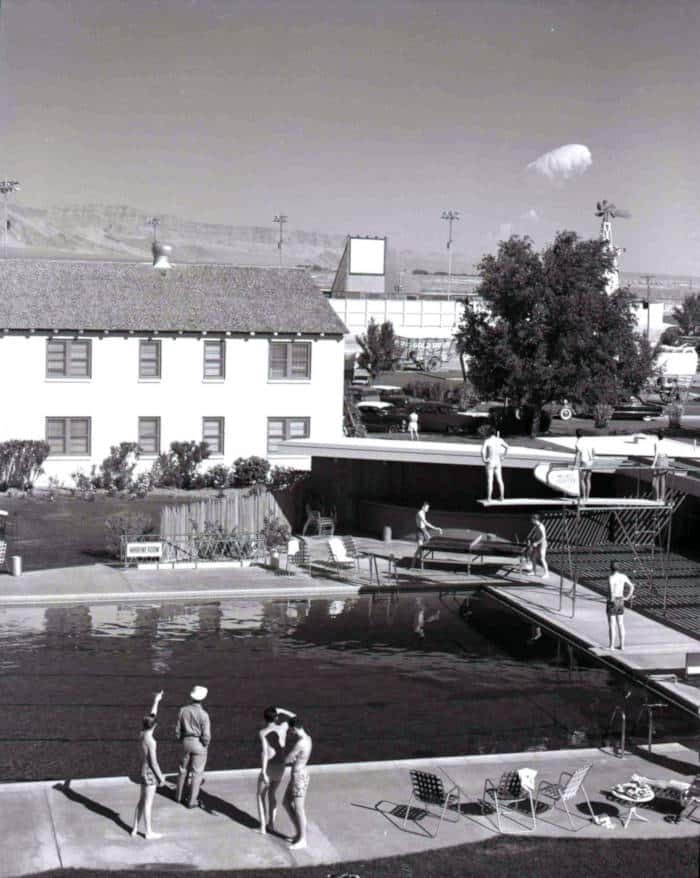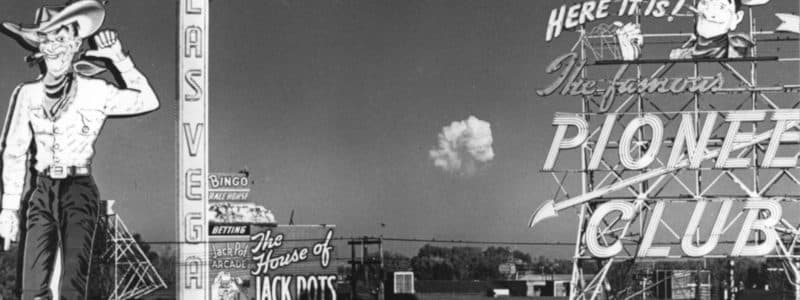Atomic Bomb Casino
Fill-Ins: Events, Places, Things to Know > Hiroshima, Out of The Ashes
|


Atomic Bomb Casualty Commission


Atomic Bomb Casino Stocks
Nagasaki, capital and largest city of Nagasaki prefecture, western Kyushu, Japan, at the mouth of the Urakami-gawa (Urakami River) where it empties into Nagasaki-ko (Nagasaki Harbor). On August 9, 1945, it was the target for the second atomic bomb dropped on Japan by the United States during World War II. The atomic bomb's inventors had seen what unleashing pure energy could do in a New Mexico test explosion. Less than a month later, the rest of the world would see it, too. Originally meant as the first James Bond film, Thunderball was the centre of legal disputes that began in 1961 and ran until 2006. Former Ian Fleming collaborators Kevin McClory and Jack Whittingham sued Fleming shortly after the 1961 publication of the Thunderball novel, claiming he based it upon the screenplay the trio had earlier written in a failed cinematic translation of James Bond.